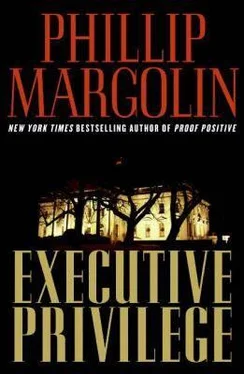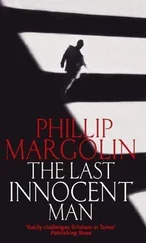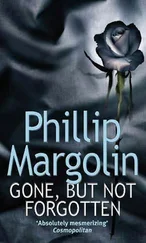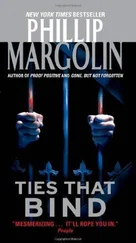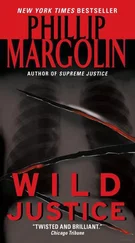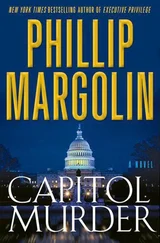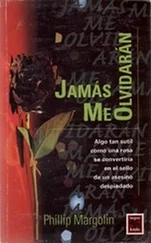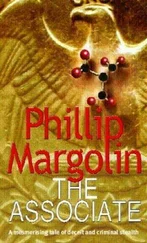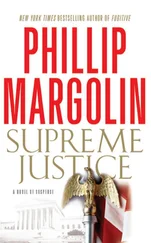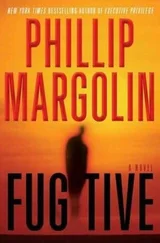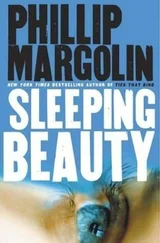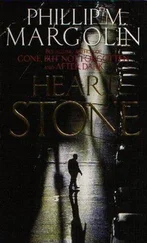Brad groped for the light on his nightstand and turned it on. He was bathed in sweat, and his breathing was labored. He swung his legs over the side of the bed and tried to calm down. The important thing was to hold on to the dream. In it Brad was panicky because there wasn’t enough time to be in two places at one time. His subconscious was trying to point out that on the evening of Charlotte Walsh’s murder Charles Hawkins had been faced with the same predicament. Had everyone been going at this case the wrong way?
The clock on Brad’s nightstand said it was 5:58. He knew there was no way he could get back to sleep, so he went into the bathroom and prepared to face the day. While he brushed his teeth, Brad made a plan of action. He would eat breakfast then reread everything that bore on the time element. Just as he ducked under the medium hot spray in the shower a sudden thought distracted him. He paused, the bar of soap in his hand and water cascading down his face and chest. There had been something in Laurie Erickson’s autopsy report that had made no impression on him when he read it. Now the memory triggered a really scary idea.
After finishing in the bathroom, Brad put up coffee and toasted a bagel. As soon as he was done with breakfast, he started reviewing the file in Clarence Little’s case and the articles about the Erickson and Walsh murders he had collected. It was almost eight when he finished reading the item he’d intentionally saved for last, Laurie Erickson’s autopsy report. Brad sat back and stared at the wall across from the couch. A colorful print he’d purchased from a street artist in Greenwich Village hung over the fireplace, but he didn’t see it. His thoughts were elsewhere.
When he’d worked the problem through, Brad went into his bedroom and got his appointment book. A few weeks ago, one of the partners had ordered him to call a doctor at home in the evening after court had recessed in a medical malpractice trial. He’d written the number in his book. The witness was the only doctor he knew in Portland. When the doctor picked up the phone, Brad asked him a question. When the doctor answered it, Brad felt sick. He hung up and sat quietly for a few moments. Then he found Keith Evans’s card and dialed his cell phone. The agent answered after a few rings.
“This is Brad Miller. I’m calling from Portland.”
“What’s up, Brad?”
“I had an idea.”
“Yes,” Evans prodded when Brad hesitated.
“It’s kind of crazy.”
“Let’s hear it.”
“Can you answer a question about the autopsy report in Charlotte Walsh’s case first?”
“I will if I can.”
“Is there any evidence that Walsh received a stab wound to her brainstem?”
Evans was silent for a moment while he tried to recall the details of the report.
“Yes, I think there was something about that in the report,” he answered. “Why?”
“You’re not going to like what I have to say but I think you have a problem.”
The events that followed Brad’s call to Keith Evans would have been very exciting if Brad wasn’t scared to death. First there was the black car filled with very serious FBI agents that spirited him away from his apartment less than an hour after Evans ended their call. Then there was the nonstop flight on the FBI jet to a military airfield somewhere near Washington, D.C., followed by the drive from the airfield to the safe house where Dana Cutler was living and the warning to stay inside and away from the windows so snipers would not have a good shot. And then there was the most terrifying part of the whole affair for someone who was a good but not great attorney-explaining his theory to retired United States Supreme Court Justice Roy Kineer, one of the greatest minds in jurisprudential history.
Brad guessed that Justice Kineer had a lot of practice greeting awe-struck neophyte attorneys because Kineer did everything he could to put Brad at ease when Keith Evans ushered him and Dana Cutler into the conference room at the offices of the independent counsel.
“Mr. Miller, thank you so much for coming,” the judge said as he extended his hand and flashed a big smile. “Agent Evans was effusive in his praise for your deductive abilities, and I’m very anxious to hear your theory.”
Brad couldn’t think of anything to say so he flashed a nervous smile.
“Can I get you something to drink?” Kineer asked. “We have coffee, tea, and soft drinks, and we might even be able to rustle up a latte, or whatever is popular in your neck of the woods? I hear there’s a Starbucks not far from here.”
“Actually, New York is my neck of the woods. I just moved to Portland. So black coffee would be great, if it’s no trouble?”
Kineer’s smile shifted to Dana. “I’m also very pleased to finally meet you, Miss Cutler. Can I get you something?”
“I’m fine.”
“No thanks to Charles Hawkins from what I hear. It seems that you’ve had several close calls.”
The judge sent a young assistant to get Brad’s coffee. Then he turned to the nervous attorney.
“Let’s get down to business, Brad. Can you sit by me? I’m a little hard of hearing.”
Kineer went to the head of a small conference table. Evans sat at the other end with Cutler beside him. A middle-aged man and a woman in her early thirties sat across from Brad. The man had a notepad in front of him. The woman looked intense. Kineer introduced them as staff attorneys.
“So, what do you have for us?” he asked Brad, who suddenly doubted every clever deduction he’d made. It had been one thing to speculate about the case in his apartment and another to explain it to Roy Kineer.
“I could be way off base on this,” Brad hedged.
“Mr. Miller, I respect people who think outside the box. You can get A’s on law school exams by having a good memory, but you can’t ace a real case without exercising a little creativity. So let’s have it. The worst thing that will happen is that you’ll be wrong.” Kineer smiled. “If you are I promise it will not go on your permanent record. And if you’re right-and Agent Evans thinks you may be-then you’ll have saved us all from looking like fools.”
“Okay. We know that President Farrington couldn’t have personally killed Charlotte Walsh.”
“Agreed,” Kineer said.
“Well, Mr. Hawkins couldn’t have done it either. It takes about forty-five minutes to go from the Theodore Roosevelt Hotel to the Dulles Towne Center mall, about an hour to go from the mall to the safe house, and roughly an hour to go from the hotel to the CIA safe house. The picture in the New York Times proves that Hawkins was still at the hotel at nine-thirty-seven.
“We know that Charlotte Walsh was dropped off at the mall around eleven and the Secret Service logged Hawkins in at the farm at eleven-fifteen. If Hawkins got to the mall around ten-thirty and waited to kill Walsh at eleven, there’s no way he could have gotten to the safe house at eleven-fifteen. If he went from the hotel to the farm and arrived at eleven-fifteen, there’s no way he could have killed Walsh after she returned to her car.”
“We’ve already worked that out,” the judge said, “but it’s encouraging to see that you know enough about the case to come to the same conclusion.”
“Okay, well, Hawkins has men who are willing to commit murder for him. He sent them to Dana’s apartment, Marsha Erickson’s house, the hospital, and the motel in West Virginia. So Hawkins could still be guilty of Walsh’s murder as an aider and abettor. But there’s a problem with this theory. The earliest Hawkins could have learned about the location of Walsh’s car in the mall was eight, when Cutler phoned in her report, but there’s no record of anyone phoning to retrieve voice messages from any spot in the Theodore Roosevelt Hotel that’s connected to Hawkins until the call that was made from the suite adjoining the first lady’s suite around nine-forty-five. If Hawkins didn’t learn the location of Walsh’s car until then, he would have had to find Tierney and organize the hit fast enough to get Tierney to the mall before eleven. I guess that’s possible, but it would be hard.
Читать дальше
